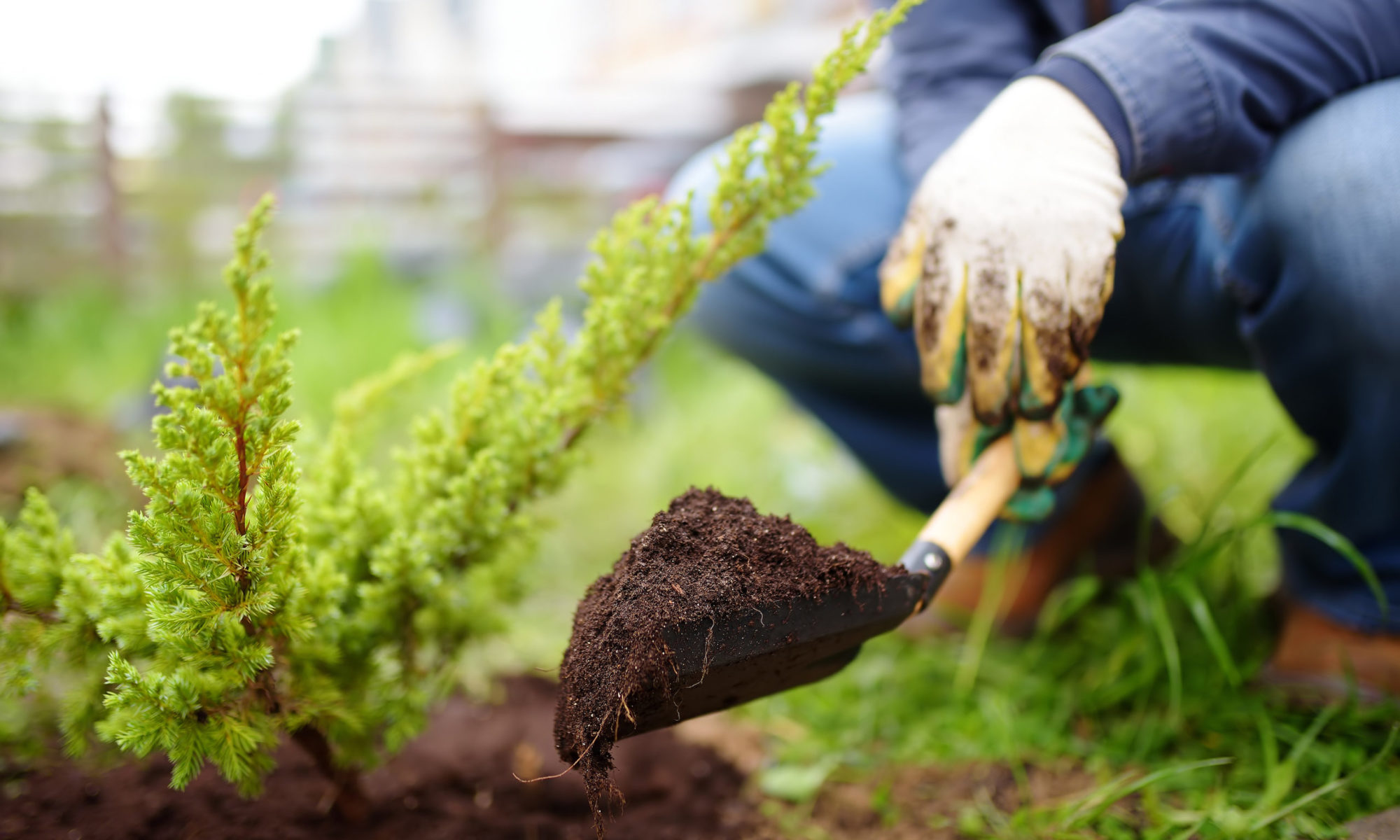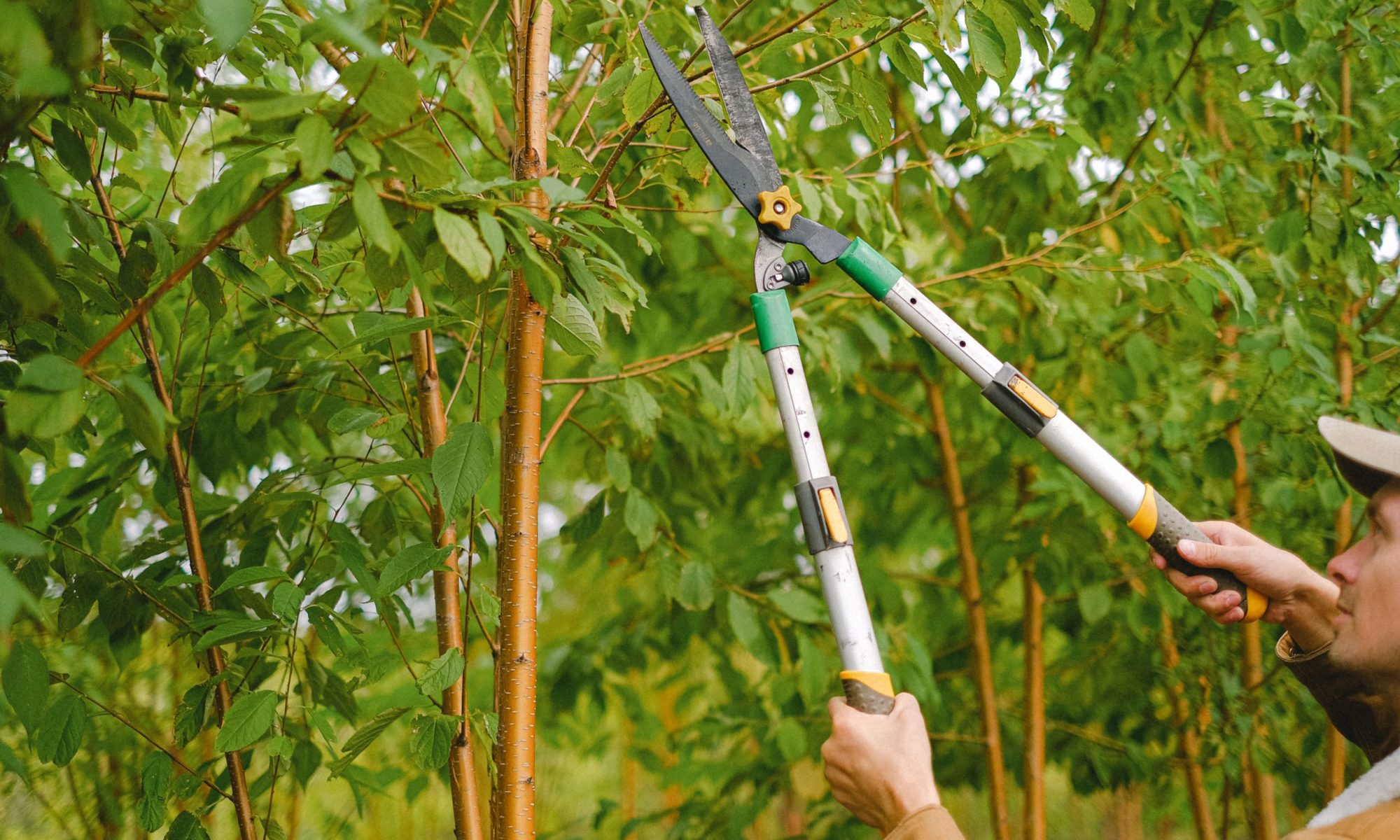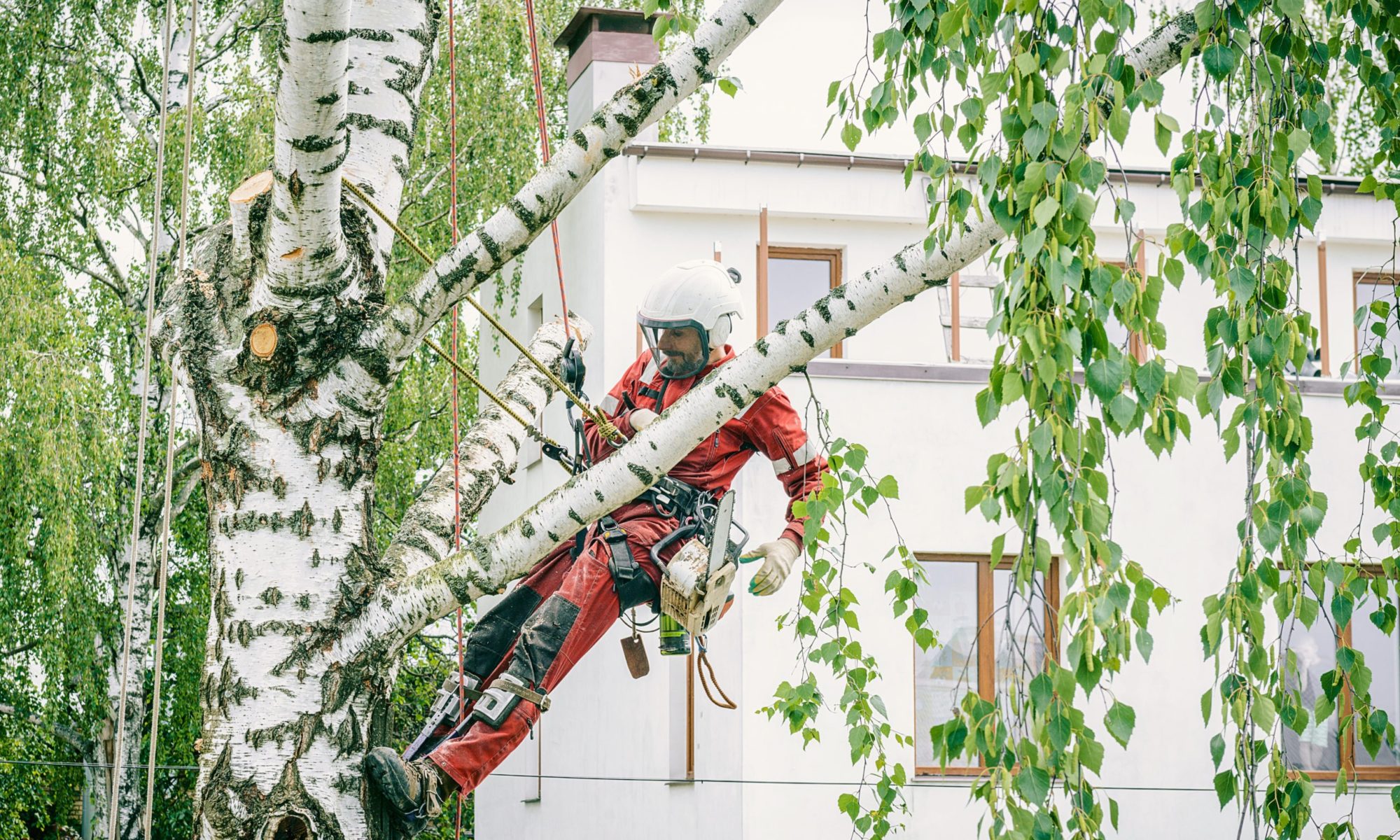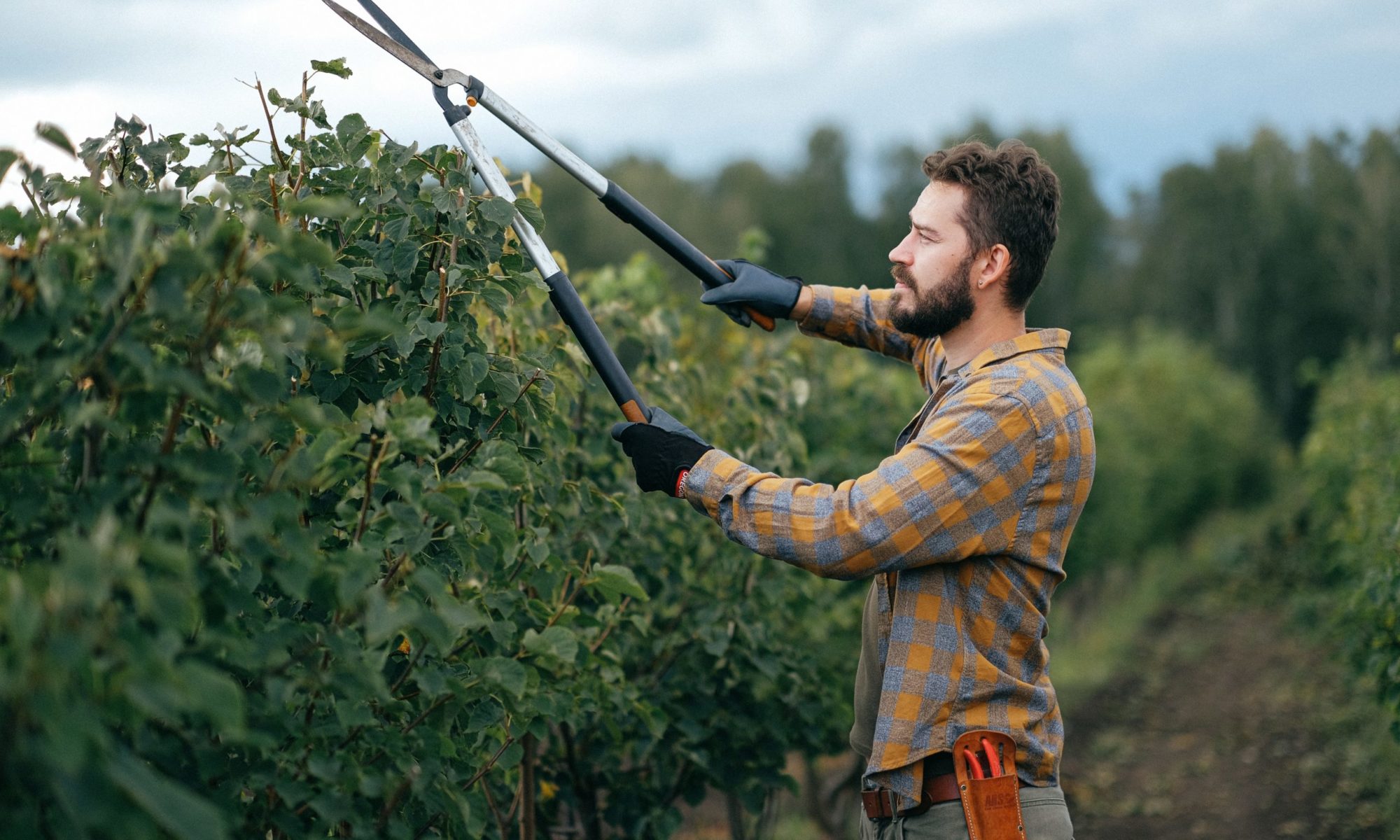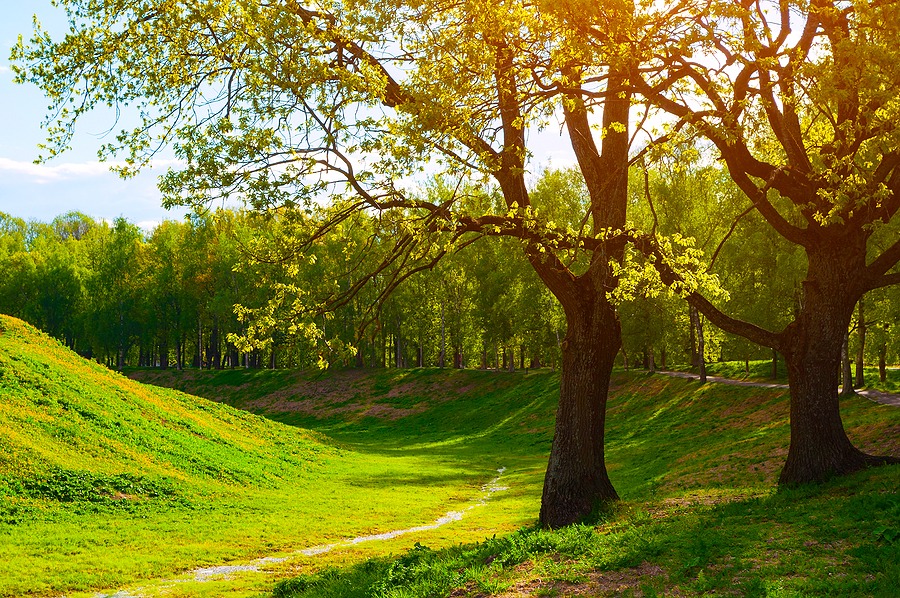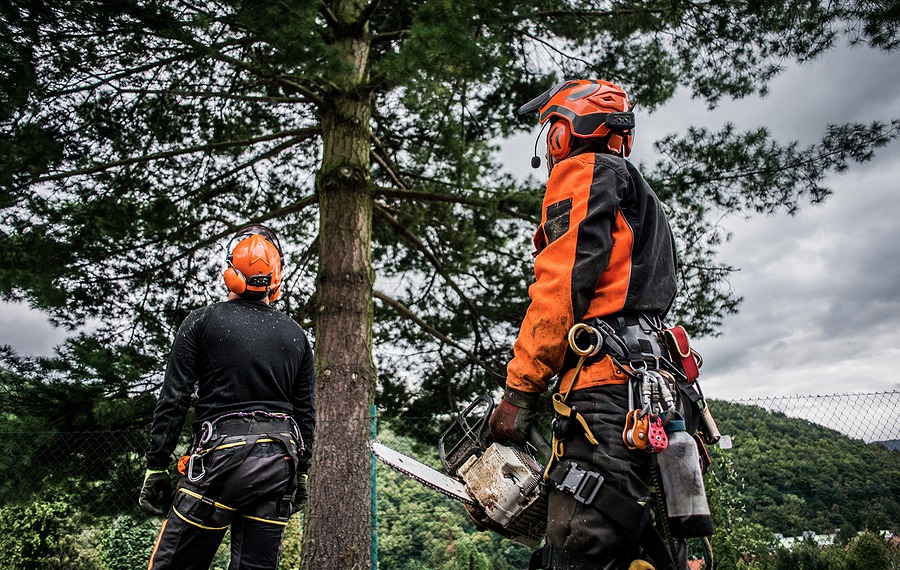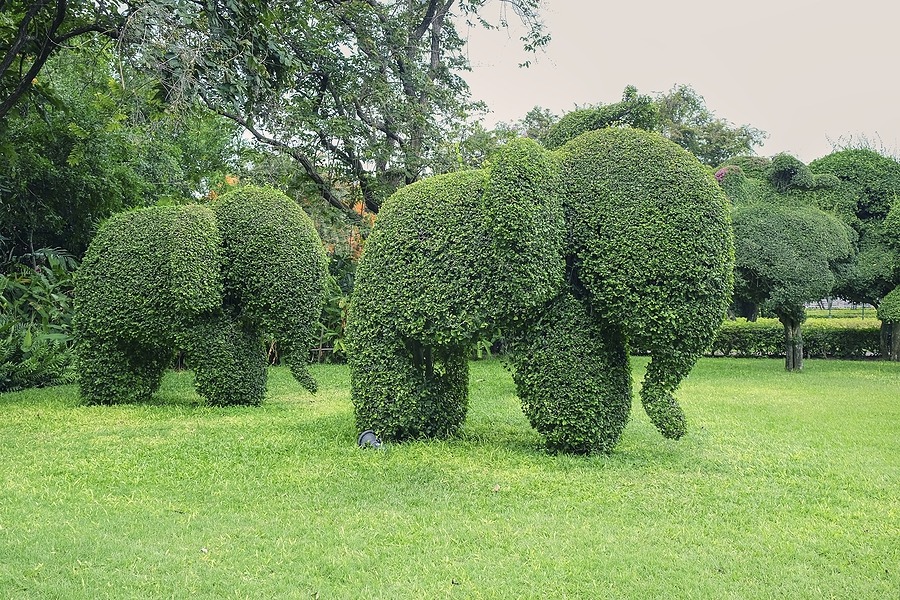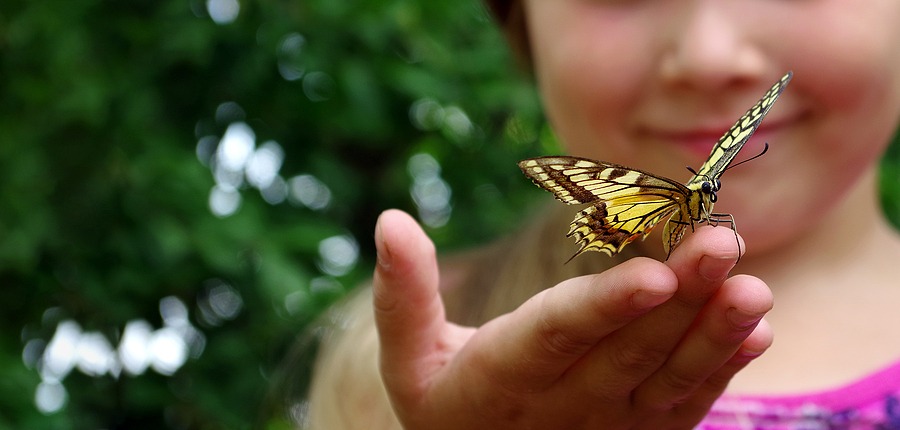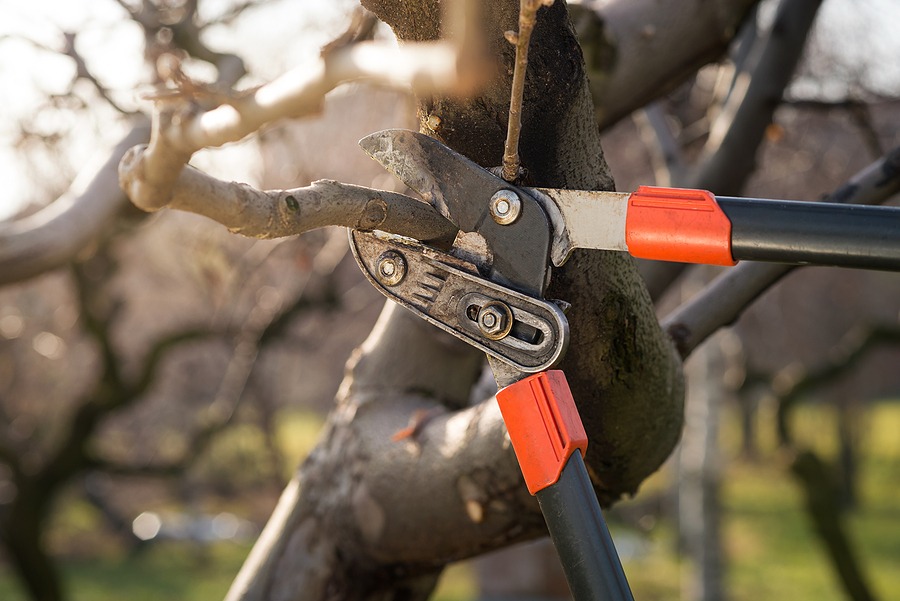Removing a tree can seem like a daunting task, but sometimes it’s necessary. If a tree grows too large for a given space or is planted too close to house foundations, it should be moved to allow for adequate room to grow. In this blog post, we’ll walk you through the things to consider before removing the tree, plus a few expert tips for removal if you decide to do it yourself. So whether you’re removing a tree for health reasons or because it’s in the way, follow these tips and you’ll be able to get the job done without any trouble!
Can I Safely Remove the Tree?
First, you will need to assess whether or not removing the tree without killing it is going to be possible without a professional. Consider these questions:
- How large is the tree’s trunk and what are its root ball dimensions? If the tree is larger than 12″ in diameter, it would be best to hire an arborist to remove it. The roots may be too deep and established to safely remove the tree without doing some damage.
- Is the tree leaning? If so, it’s likely too top-heavy and could fall during removal, potentially causing damage to your property or injuring someone.
- What is the condition of the soil? Is it compacted and infertile? If so, the roots may have a hard time growing after removal from the soil.
- Are there any utility lines near where you plan on taking down this tree, especially if it’s leaning or has significant girth at its base? If so, contact your local utility company for advice before proceeding with any work related to removing trees from your property.
- How close to your home or other buildings does this tree grow? If it’s within 20 feet (six meters), then a professional arborist is recommended because you won’t be able to move the tree without disturbing its foundation or roofing structure.
If you read through these questions and know that you have the equipment and means to remove a tree on your own, we have a few tips for you in the next section! If not, call a professional arborist or landscaper who has experience in safely removing trees.
Tips for How To Remove a Tree Without Killing It
If you feel like removing the tree yourself is doable, here are some tips on how to remove a tree without killing it:
- To prevent shock, prune the tree’s roots before removing it from the ground. Cut straight down into the soil around the root ball with a sharp shovel or spade, making sure not to cut any of the actual roots themselves. This will help them retract and reduce stress on the plant when you remove it from the ground.
- Add compost to the soil around the newly-pruned roots to help them recover. Also take the time to loosen any compacted soil.
- Take care to dispose of diseased or infested trees properly. They can spread diseases and pests to other plants in your yard.
- Choose the right time. It’s much easier to remove a tree if you do so during its dormant period. This is when the tree is not actively growing and producing leaves, which makes it less likely to suffer from shock due to being disturbed or relocated elsewhere on your property. The best months for transplanting trees are generally between November and March.
Get in Touch With an Arborist
At Sexy Trees, our wide range of services and care will keep your trees healthy and beautiful for decades to come. We believe in supporting our communities of trees through evidence-based techniques that you can depend on.
Give us a call at 925-233-6877 for an estimate, or email us at [email protected] anytime with questions!
 Bringing Sexy Back Into Your Yards
Bringing Sexy Back Into Your Yards 
